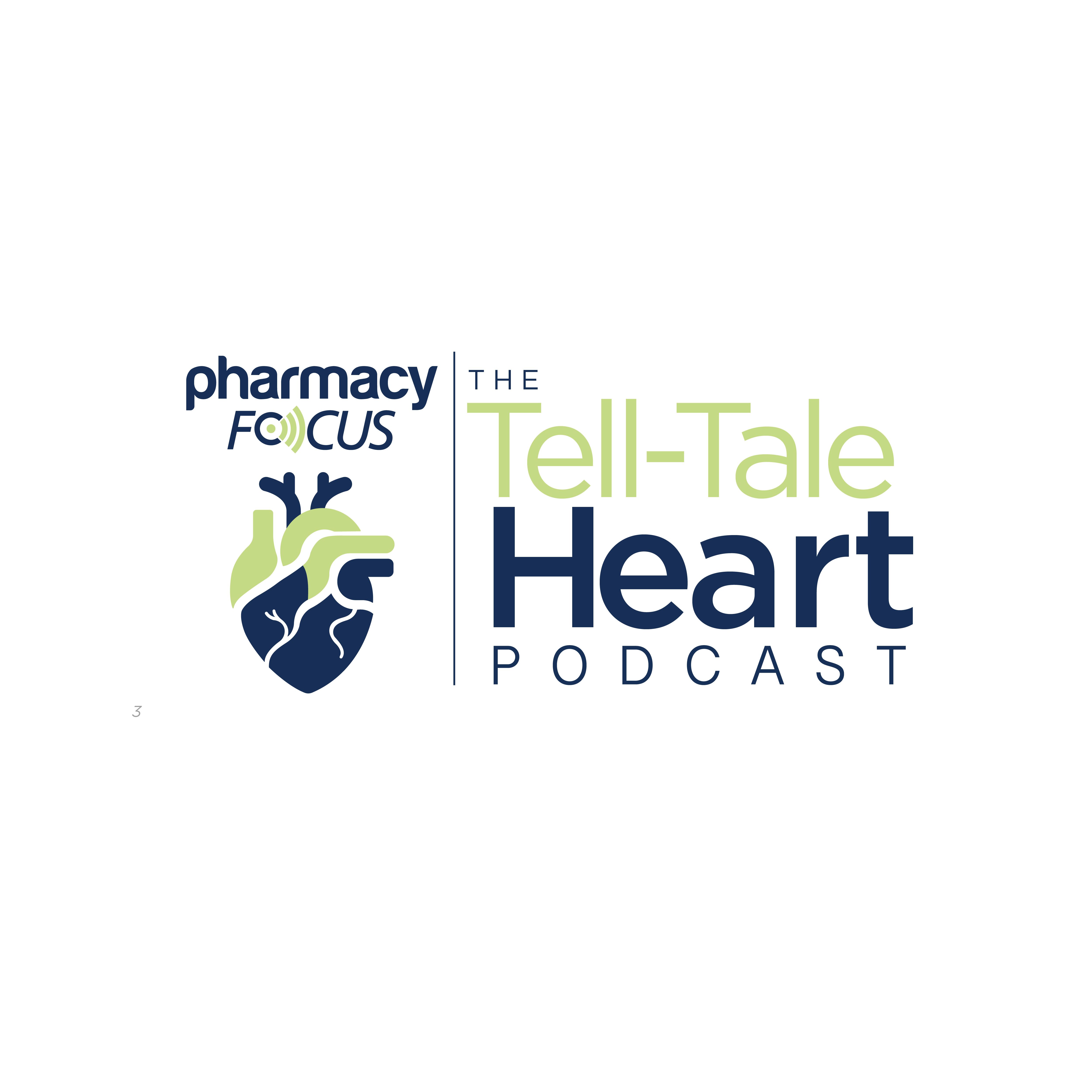News
Article
MANIFEST-2 Study: Pelabresib Plus Ruxolitinib Is Superior to JAK Inhibitors Alone
Author(s):
Key Takeaways
- Pelabresib combined with ruxolitinib significantly improved spleen volume reduction and symptom relief in myelofibrosis patients compared to placebo.
- The combination therapy showed enhanced outcomes in proinflammatory cytokine levels and bone marrow morphology.
The trial showed that adding pelabresib to ruxolitinib improved outcomes in myelofibrosis with manageable side effects.
Pelabresib (CPI-0610; Novartis) in combination with ruxolitinib (Jakafi; Incyte Corp) was well tolerated and improved signs of underlying pathobiology, providing significant clinical benefit over standard-of-care Janus kinase (JAK) inhibitor monotherapy in patients with myelofibrosis. These results were reported in the primary analysis of the phase 3 MANIFEST-2 study (NCT04603495).1
Depiction of anemia, reduced red blood cells in bloodstream | Image Credit: © Prime Stox - stock.adobe.com

Myelofibrosis is a myeloproliferative neoplasm that causes significant bone marrow scarring, extramedullary hematopoiesis, recurrent splenomegaly, and anemia due to its progressively decreased generation of red blood cells. JAK inhibitors, such as ruxolitinib, are the first-line treatment for myelofibrosis; however, some patients become resistant to these treatments. Additionally, ruxolitinib is highly associated with anemia or worsening of existing anemia, leading to the development of combination approaches that will preserve the efficacy of ruxolitinib and other JAK inhibitors while simultaneously overcoming the obstacle of anemia.2
In the MANIFEST-2 trial, researchers investigated the safety and efficacy of combining ruxolitinib with pelabresib, an investigational, oral, small molecule BET inhibitor under evaluation in clinical trials for patients with myelofibrosis. Its initial clinical benefits in combination with ruxolitinib were observed in the phase 2 MANIFEST study (NCT02158858), where it demonstrated significant and long-lasting improvements in splenomegaly and symptoms in patients with myelofibrosis who had never taken a JAK inhibitor (n = 84). In the trial population, 68% of patients showed a decrease in spleen volume of at least 35%, while 56% showed a reduction in symptoms of at least 50% at week 24, and the combination was generally well tolerated.3,4
The phase 3, randomized, double-blind, active-control study randomly assigned 430 patients with myelofibrosis 1:1 to receive either pelabresib 125 mg once daily (QD; 50–175 mg QD permitted) for 14 days followed by a 7-day break (21-day cycle; n = 214), or to placebo in combination with ruxolitinib 10 or 15 mg twice daily (BID; 5 mg QD–25 mg BID permitted; n = 216). The primary end point was a reduction in spleen volume of greater than or equal to 35% from baseline at week 24, with key secondary end points of absolute change in total symptom score (TSS) and TSS50 response (greater than or equal to 50% reduction in TSS from baseline at week 24).3
In the pelabresib and ruxolitinib arm, 65.9% of patients met the primary end point compared with 35.2% of patients in the placebo arm (difference, 30.4%; 95% CI, 21.6, 39.3; P < .001). The absolute change in TSS was –15.99 with pelabresib and ruxolitinib compared with –14.05 with placebo and ruxolitinib, resulting in a difference of –1.94 (95% CI, –3.92 to 0.04; P = .0545). TSS50 was achieved by 52.3% of patients in the pelabresib and ruxolitinib group versus 46.3% in the placebo and ruxolitinib group, with a difference of 6.0% (95% CI, –3.5 to 15.5). Exploratory analyses showed greater improvement in proinflammatory cytokine levels and bone marrow morphology with the combination therapy.3
The most common treatment-emergent adverse events were thrombocytopenia and anemia, occurring in 52.8% (grade greater than or equal to 3 in 13.2%) versus 37.4% (grade greater than or equal to 3 in 6.1%) and in 44.8% (grade greater than or equal to 3 in 23.1%) versus 55.1% (grade greater than or equal to 3 in 36.5%), respectively.3
These findings support the potential of pelabresib as a promising addition to JAK inhibitor therapy for myelofibrosis, addressing critical limitations of current treatment options. Further research and long-term follow-up will help determine its durability and broader clinical impact.






